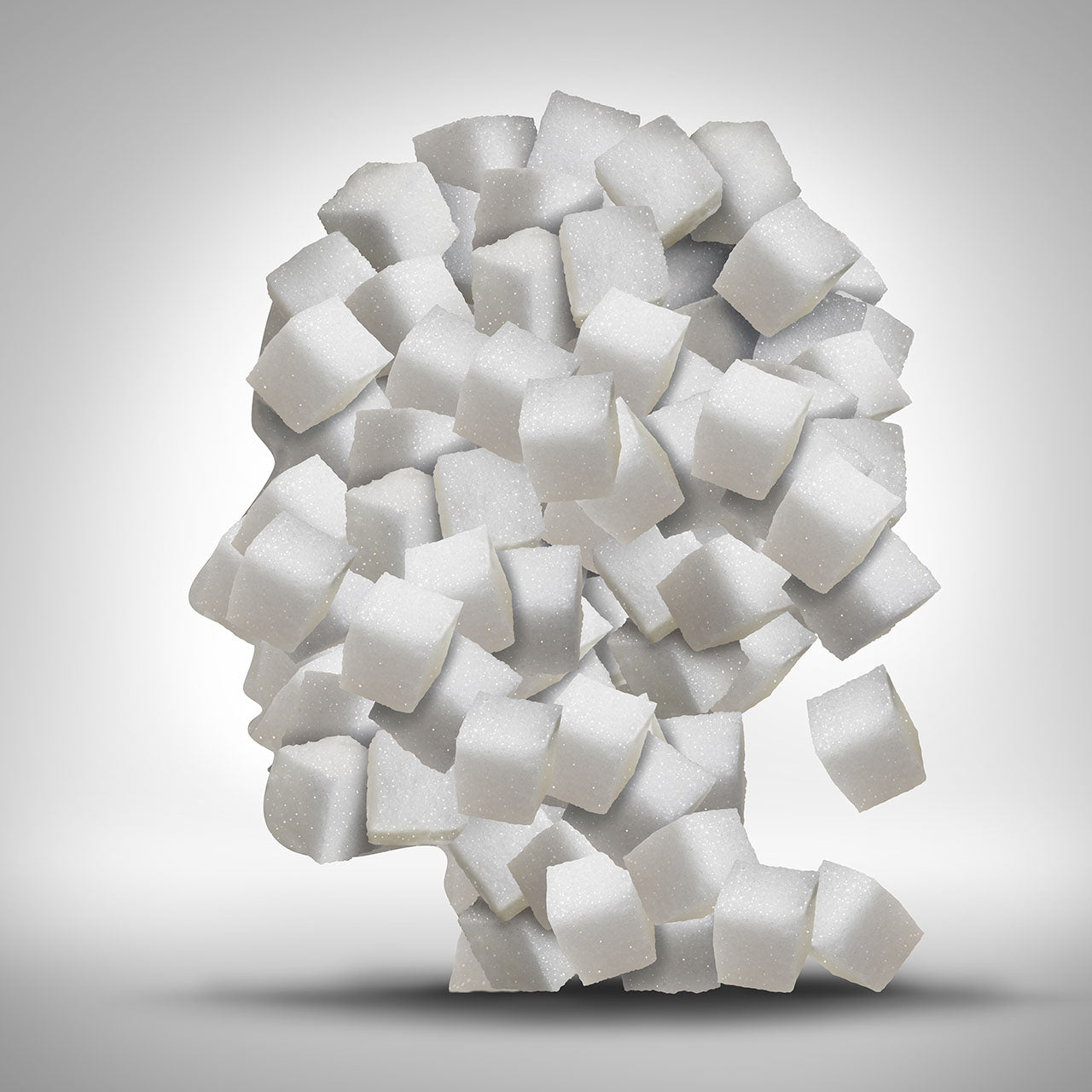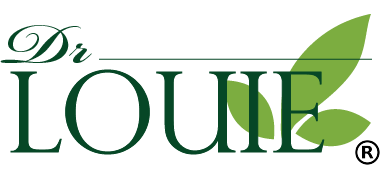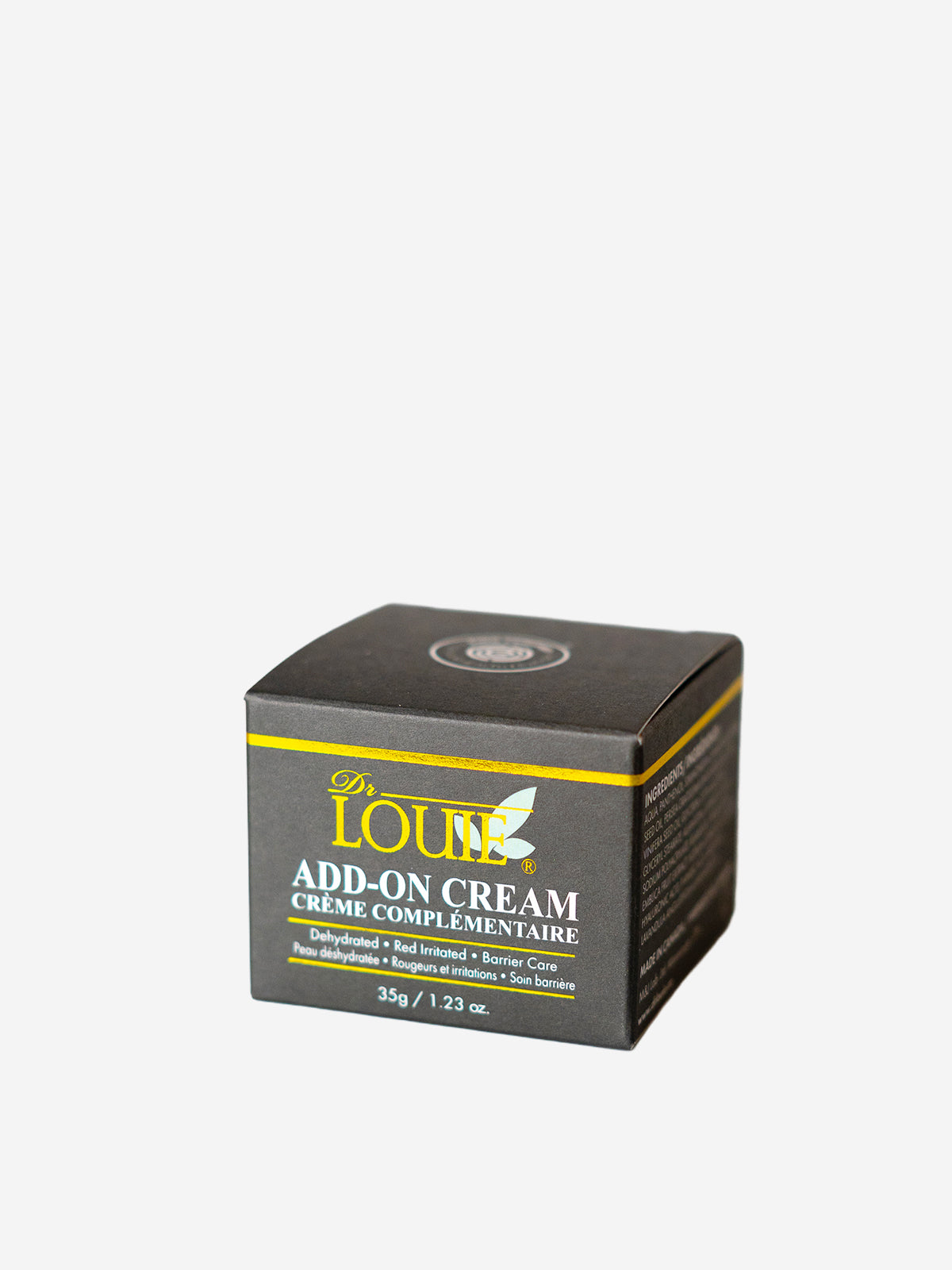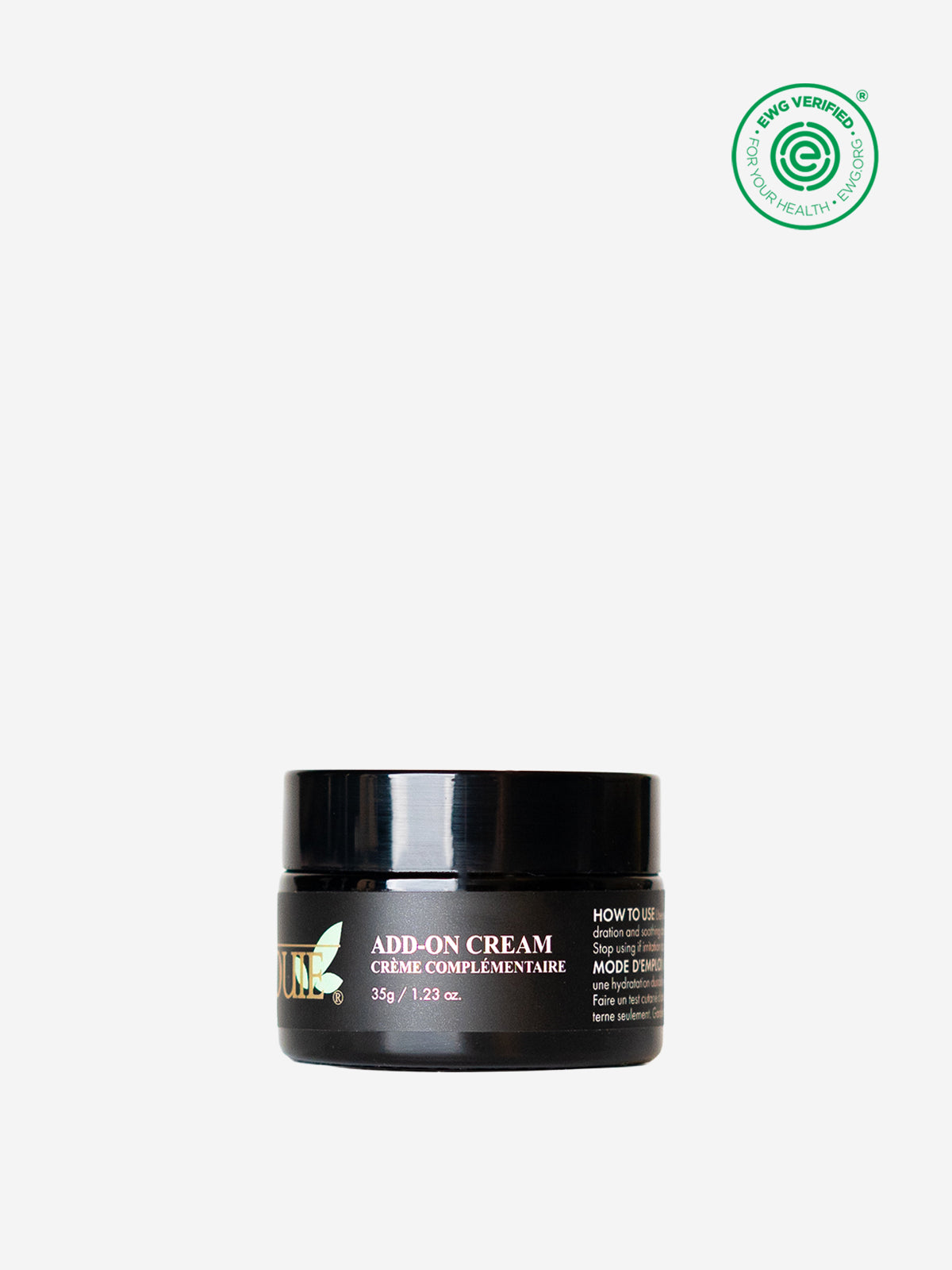
Be aware. Sugar is aging you!
Not so much. I do agree that it makes a great body and face scrub. But to our skin and our body? BAD.
Then what is it about sugar that makes it bad for our skin? And does that mean that we should avoid sugar as if our lives depended on it? I mean, infants drink and survive only on breast milk and formula, which are sweet. Wouldn’t that mean that sugar is essential for us?
A simple answer is YES. Sugar, a form of carbohydrates, is necessary for our bodies. Sugar breaks down into glucose, which travels around our bodies and gets converted into energy. And it is used to contract muscles and regulate body temperature. Our brains rely exclusively on glucose for energy. This means that a certain amount of glucose, converted from sugar or carbohydrate, is necessary for normal brain and body functions.
According to the American Heart Association, for women, about 6 teaspoons of sugar (about 100 calories) and, for men, about 9 teaspoons (about 150 calories) of sugar are recommended daily. But it has been reported that an average American consumes over 300 calories of sugar a day. That’s a lot more than is recommended.
So what if we consume more than is recommended?
Most of us know the health implications of eating too much sugar: Increased risk of diabetes and heart disease. And diabetes and obesity are said to be linked to cancers in various organs, including bladder, liver and pancreas. Weight gain is another downside. But too much sugar has a negative impact on our skin as well.

Sugar is an inflammatory food: When you consume sugar, your insulin level rises, which increases inflammation in the skin. This means that sugar can aggravate skin conditions such as acne, rosacea and eczema. Yikes!
Aside from skin inflammation and flare-ups, it is a dehydrating agent: When our skin becomes overly dry, it produces more oil to prevent moisture loss, in other words, excessive oil production. In addition, it breaks down collagen and makes it stiff and brittle, a process known as glycation. How does glycation show up on our skin? As wrinkles, sagginess and loss of elasticity. The stuff you put on your skin definitely helps, but if we continue to consume excessive sugar, then all will be for nothing! This is known as the famous “sugar face,” characterized by lines and wrinkles on foreheads, sagging under the eye areas or thin eyebrows.
All these sound scary. But we can’t possibly live without sugar. Then what kind of sugar should we cut down on? As a rule of thumb:
- Processed sugar like table sugar
- Ingredients ending in -ose, such as maltose, sucrose or fructose
- Corn syrup, molasses, cane sugar and other sugar syrups
- Other simple carbohydrates, such as pizza, white bread, soda and most packaged foods that have high glycemic index (GI) *
* Let’s take a look at the last one more in detail, high GI foods. GI ranks foods on a scale of 0 to 100 based on how much they raise blood sugar level. Foods with high GI are quickly digested, raises blood sugar levels quickly and makes you feel hungry faster than low GI foods. Foods such as white bread is a high GI food. You can find more information on GI foods on Diabetes Canada’s website.

That list sounds overwhelming. It’s pretty much what we love to eat! And cutting those out would seem like cutting out joy in our lives!
The good news is that there are many alternatives to sugar. Naturally occurring sources of sugar, such as fruits, are a much better choice than the list above because they contain fiber and other nutrients that take longer to break down into glucose and prevent hormone-related blood sugar spikes. Other “good” sugars include sweeteners like monk fruit sugar, date sugar and honey. Although these are all essentially high in sugar, they are full of nutrients such as calcium, iron and such. And unlike synthetic sweeteners, these can be used for cooking without artificial smell to them.
Most of us are so worried about skin aging, breakouts and other skin troubles that we arm ourselves with various antioxidants and whatnot. But simply cutting out sugar will do so much more than just simply relying on those products. I’m not saying those products don’t help because they definitely do, especially those with a high concentration of potent antioxidants, such as ascorbic acid and indian gooseberry extracts. But they will work so much better and more effectively when combined with our own efforts to cut out bad things we put in our bodies, such as sugar. And a good thing is that most people who cut out sugar see changes within 72 to 96 hours! Doing so will decrease inflammation in our bodies, giving you more energy and less breakouts - because sugar is an inflammatory agent - and prevent moisture loss - because sugar is a dehydrating agent. And collagen in our skin won’t be as stiff and brittle, meaning our skin will be plumper with less visible wrinkles.
So let’s leave sugar out of our digestive system. Our skin will thank us for it.




